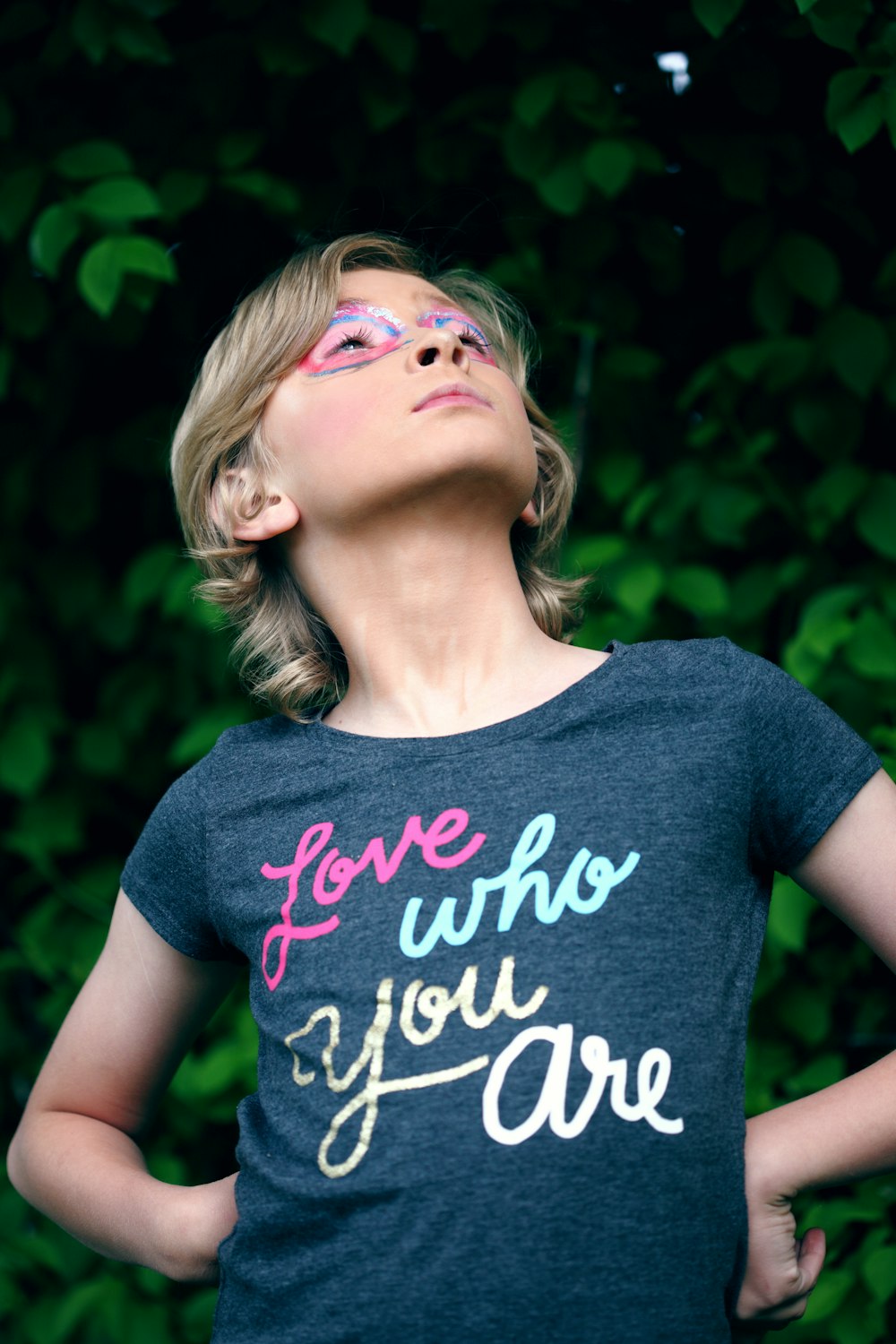Everything You Need To Know About Gender Identity (Part Two)
The plurality of gender identities has been around forever, but it is a concept that has become much more widely understood in recent years. In fact, it was only in 2019 that the World Health Organization removed the term “trans identity” from the list of mental disorders. Until then, having a gender identity different from the sex assigned at birth was considered a condition.
The LGBT+ communities have been a driving force behind these advances, and with them comes a whole new vocabulary of clarifying identity realities. However, defining one’s gender identity is not always easy. So, without further ado, let’s dive into this blog and learn some of the things you need to know about gender identity.
1. What is the difference between gender identity and gender expression?
The difference between identity and expression is simple: gender identity is the way in which a person defines his psychological sex, it is invisible, and gender expression is the way in which he will reveal his sexual identity; it is visible.
Manifesting one’s psychological sex can be done by a feminine or masculine approach, between the two or outside this binarity: going outside the boxes is possible. Everyone has one; like identity, it will also vary during a lifetime. Gender expression manifests itself in various ways:
- Physical appearance: clothing, underwear, accessories, hairstyle, makeup, hair, padding or compression of certain body parts, body exercise to build muscle…
- The behaviors: the tone of voice, the gestures, the attitude, the gait… The first name, but also the pronouns to use.
It is important to remember that this expression is not necessarily a reflection of one’s identity or sexual orientation. For example, a cisgender man may decide to wear nail polish simply because he feels like it.
2. How do I determine my psychological gender?
There are two ways to help a person determine their gender identity: self-identification (or self-determination) and gender euphoria. Self-identification is a process based on self-knowledge, including feelings and reflections on oneself, but also in the eyes of others, such as the choice of words used by those around one: it is a matter of reflecting and finding what makes sense, what provides a feeling of belonging, of appeasement, of well-being.
Defining one’s sexual identity is not always easy; it is a real personal experience, and it is important to listen to oneself, trust oneself, and take the necessary time. It requires one to free oneself from the gaze of others and to take a step back from oneself and one’s beliefs.
Gender euphoria is a concept that can facilitate this identity exploration. It is the feeling of comfort and well-being when one is able to express one’s gender freely and feel comfortable and respected. For example, some people will feel this euphoria when those around them use the correct pronouns.
To achieve this euphoria and find the right gender identity, it is possible to ask yourself questions: How would I like others to talk about me? What pronouns make me feel comfortable? What clothes or hairstyles do I feel comfortable in? Experimenting with new things: It is possible to explore different identities by playing with your gender expression or trying out different pronouns.
3. Is there a connection between my gender identity and sexual orientation?
These two concepts should not be confused as they are two facets of identity but are not systematically linked. There are many misconceptions on this subject, for example, that people who cross-dress are necessarily homosexual. Sexual orientation and attraction are not a result of gender, identity, or expression. The fact that an individual is trans does not determine their sexuality. Everything is possible in sexual attraction!
But questioning one’s gender identity can lead to questioning one’s orientation. Sexual and emotional inclination (also called love or romance) is what we feel towards certain people of the same or another gender. Like gender identity, it is not a choice, but an intimate, deep, personal feeling.
These two types of attraction are either congruent (e.g., having a sexual and loving attraction to women) or distinct (e.g., having fantasies and being sexually attracted to women without having a romantic attraction).
We often imagine the prism of sexuality in a binary way; however, once again, reality and sexual preferences are richer and more varied than that: pansexuality, bisexuality, and even the absence of sexual attraction, the perspectives are plural.
Sound off in the comments section below, and tell us what you want to read next and if you want to read more about gender identity.





